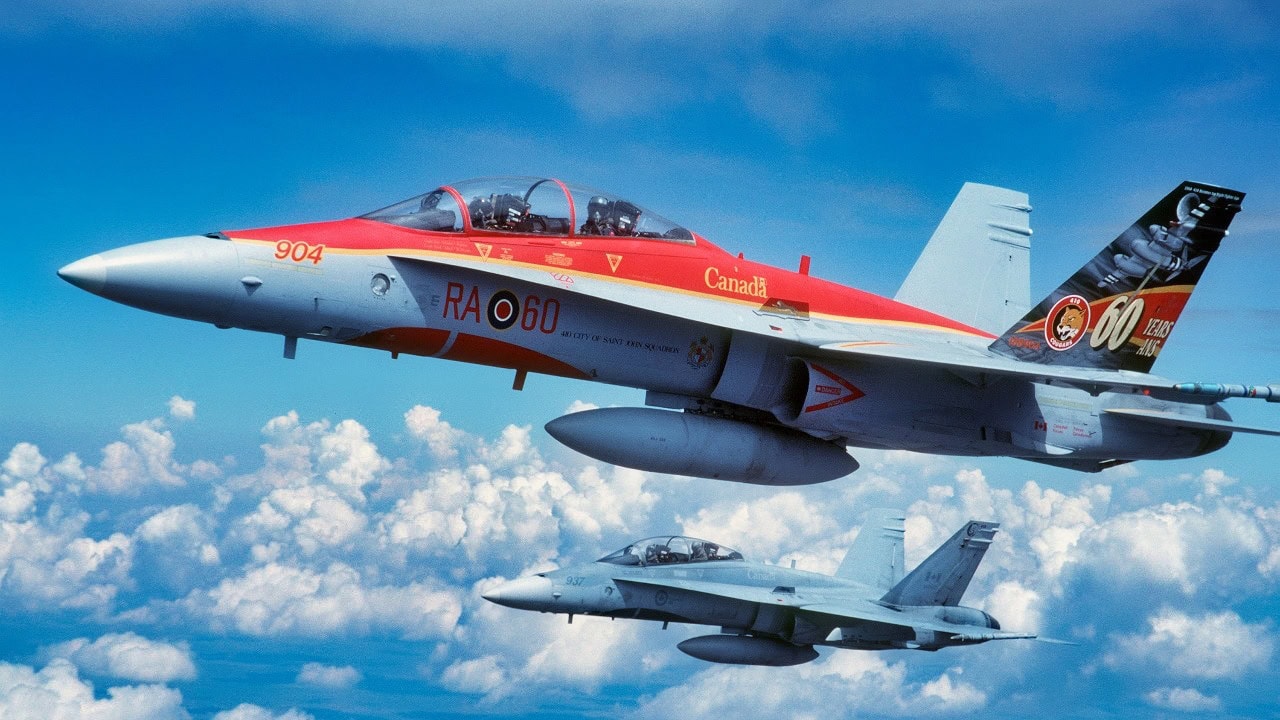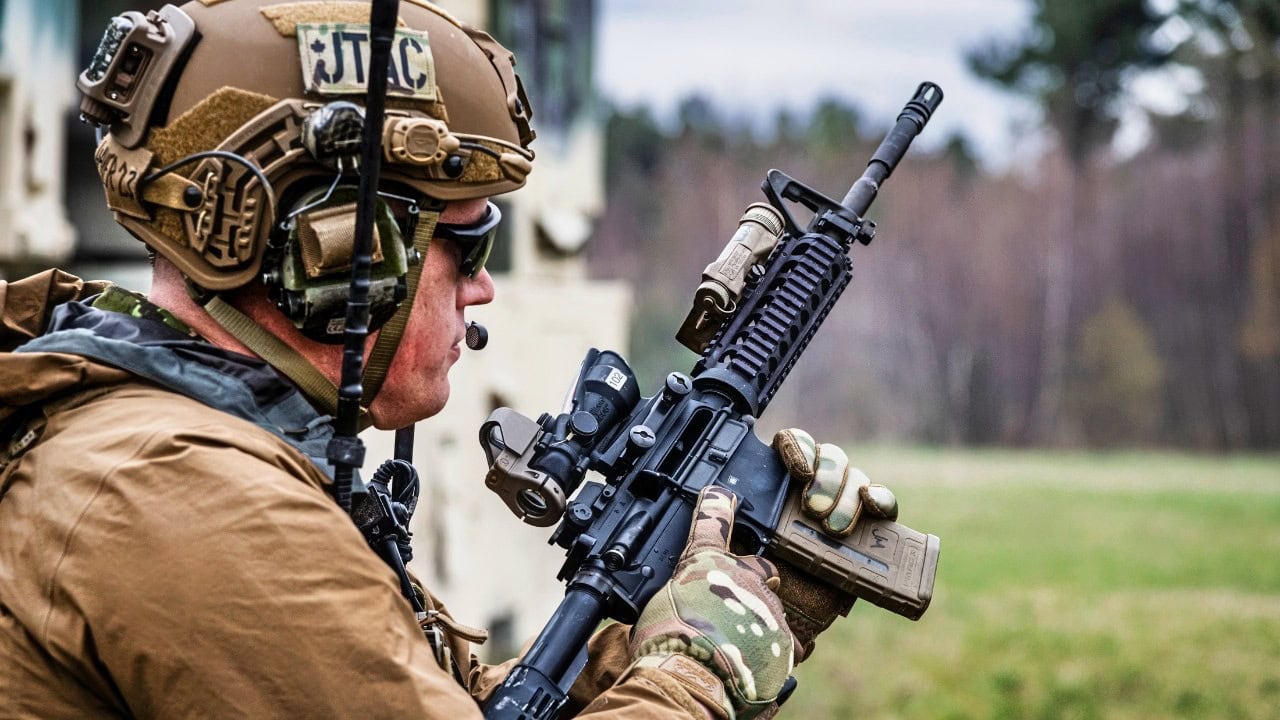Key Points and Summary: Despite technological advances in cyber warfare, AI, and ISR, Canada’s military modernization remains sluggish due to slow procurement, aging equipment, and budget constraints.
-The Royal Canadian Navy’s new ships and F-35 acquisitions are steps forward, but gaps in Arctic defense and NATO commitments raise concerns.
-With Russia expanding its Arctic presence and China asserting itself as a “near-Arctic” power, Canada’s deterrence capabilities remain weak.
-To stay relevant, Canada must reform procurement, increase defense spending, and align with allies like NATO and AUKUS.
-Without bold action, Canada risks strategic irrelevance in an evolving security landscape.
Canada’s Military at a Crossroads: Can It Keep Up?
Canada’s defense policy has long been characterized by a mix of strategic ambition and chronic underinvestment. While successive governments have recognized the need to modernize the Canadian Armed Forces (CAF), persistent budgetary constraints, slow procurement processes, and an uncertain geopolitical strategy have undermined efforts to develop a technologically advanced fighting force. In an era of rapid technological evolution and growing security threats in the Arctic, North Atlantic, and North Pacific, Canada’s ability to field a modernized military is more than a matter of national defense – it is central to maintaining credibility as a NATO ally and a key security partner to the United States.
Modernization of the CAF is a pressing concern. Canada’s military has been criticized for its aging equipment, reliance on outdated platforms, and an overemphasis on peacekeeping and expeditionary operations at the expense of territorial defense. Despite the 2017 Strong, Secure, Engaged (SSE) policy outlining a commitment to technological innovation, the implementation of that vision has been inconsistent. Several key procurement projects have been marred by delays and budget overruns. The Royal Canadian Navy’s Canadian Surface Combatant project, intended to replace the aging Halifax-class frigates, has faced cost escalation and design uncertainties.
Similarly, the Royal Canadian Air Force only recently moved forward with the long-overdue decision to acquire the F-35 fighter jet, after years of political wrangling. Meanwhile, the Canadian Army continues to rely on aging armored vehicles, with its efforts to integrate next-generation weapons and command systems proceeding at a glacial pace.
Despite these challenges, there are areas where the CAF has made notable progress in adopting advanced technology. The government has prioritized investments in cyber defense, space-based surveillance, and artificial intelligence, recognizing the growing importance of non-traditional domains in warfare. The expansion of cyber capabilities through the establishment of the Canadian Forces Cyber Operators trade aligns with broader NATO efforts to counteract cyber threats from state and non-state actors, particularly Russia and China.
The procurement of advanced drones for reconnaissance and surveillance has enhanced intelligence, surveillance, and reconnaissance capabilities in the Arctic and beyond. Canada has also continued its investments in space capabilities, such as the RADARSAT Constellation Mission, which provides vital surveillance over Canadian territory, including the Arctic. Efforts to integrate AI and machine learning into military operations, though still in the early stages, are aimed at improving decision-making processes, logistics management, and predictive analytics for threat assessment.
One of the biggest impediments to transforming the CAF into a technologically advanced force remains Canada’s broken procurement system. The country’s military acquisition process is notoriously slow, suffering from bureaucratic inefficiencies, political interference, and an aversion to risk-taking. Unlike allies such as the United States and the United Kingdom, Canada lacks a streamlined mechanism for rapidly integrating cutting-edge technology into its armed forces.
The decision to acquire 88 F-35 fighter jets, while necessary, was delayed for over a decade due to political indecision. Similarly, the process of acquiring new submarines—crucial for asserting Canada’s presence in the Arctic and North Pacific—has yet to materialize into a concrete plan, despite years of discussion. Without fundamental reforms to procurement, Canada risks falling further behind its allies in military modernization.

Two Canadian Forces, 410 Squadron CF-188B Multi-Role Fighters, one painted in special anniversary colors, flying over the Utah Test and Training Range (UTTR) for planned engagements during the Tiger Meet of the Americas. The Inaugural Tiger Meet of the Americas brought together flying units from throughout North America that have a Tiger or large cat as their unit symbol. The Tiger Meet of the Americas closely mirrors the North Atlantic Treaty Organization (NATO)/Europe Tiger Meet in its goal of fostering camaraderie, teamwork and tactics familiarization.
Canada’s failure to rapidly modernize its military is particularly concerning given the evolving security environment in the Arctic. With Russia aggressively expanding its Arctic military presence and China declaring itself a “near-Arctic” power, Canada must develop a credible deterrent capability in its northern regions. However, the CAF lacks sufficient ice-capable naval vessels, air assets, and infrastructure to project force effectively in the Arctic.
The Royal Canadian Navy’s Harry DeWolf-class Arctic offshore patrol ships, while a step forward, are not true warfighting vessels. They lack the firepower and survivability needed for high-intensity operations. Canada’s continued reliance on the aging CF-18 fighter fleet until the F-35s are fully operational further undermines its ability to conduct sustained Arctic air patrols.
Canada’s defense modernization is also shaped by its partnerships with NATO and the United States. As a NATO member, Canada is expected to contribute meaningfully to collective defense efforts, yet its failure to meet the alliance’s two percent defense spending target weakens its credibility. Canada’s relatively modest contributions to NATO’s deterrence efforts in Eastern Europe, including participation in the enhanced Forward Presence mission in Latvia, are valuable but insufficient.
The question of whether Canada should formally join AUKUS (Australia-United Kingdom-United States) remains a contentious issue. While AUKUS membership could provide access to cutting-edge defense technologies, including advanced cyber, AI, and quantum computing capabilities, the Trudeau government has yet to articulate a clear position on Canada’s participation beyond traditional Five Eyes intelligence-sharing arrangements. Canada’s relationship with the U.S. defense industrial base remains a critical factor in military transformation. The NORAD modernization initiative offers opportunities for Canada to contribute to next-generation air and missile defense systems, but this requires sustained investment and political commitment.
While Ottawa has taken some steps to modernize the CAF, the overall trajectory remains uneven. Progress in cyber, AI, and ISR capabilities is encouraging, but slow procurement, political reluctance, and strategic indecision continue to hinder meaningful transformation.
If Canada is serious about fielding a technologically advanced military, it must overhaul its defense procurement system, commit to sustained investment in emerging technologies, and prioritize security concerns in the Arctic and North Pacific. Moreover, its NATO commitments demand more than token participation – it must align its defense spending and force development with alliance expectations if it wishes to maintain credibility among its allies.
The CAF stands at a crossroads: it can either embrace modernization and emerge as a credible defense force capable of meeting 21st-century threats, or it can continue down the path of incrementalism and risk strategic irrelevance. The choice ultimately rests with Canada’s political leadership – and so far, the record suggests that bold action remains elusive.
About the Author: Dr. Andrew Latham
Andrew Latham, Ph.D., a tenured professor at Macalester College in Saint Paul, Minnesota. He is also a Senior Washington Fellow with the Institute for Peace and Diplomacy in Ottawa and a non-resident fellow with DefensePriorities, a think tank in Washington, DC.

